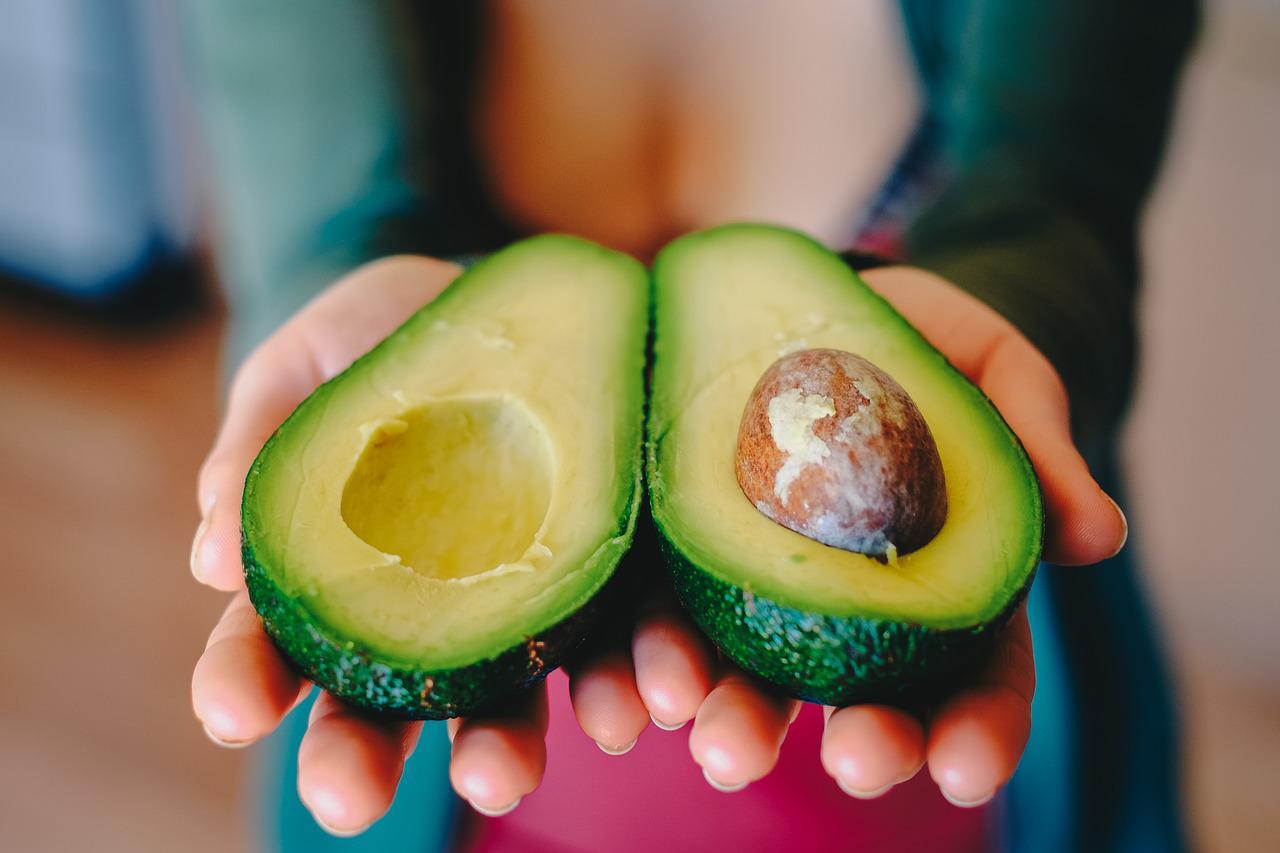If you have no idea how to grow plants from seed, you can read this article to learn how to get started. Here you will learn how to start your plant life in a pot or container, and how to take care of them when they grow. Watering your plants is essential for their survival. Remember that they cannot get water on their own, even those that live outdoors. Indoor plants need watering every few days, and sometimes they even need watering outside. Regardless of the type, all vegetation requires water. You can find out how much water your plant needs by looking at its tag.
Growing plants in a controlled environment
The process of growing plants in a controlled environment mimics certain environmental conditions, making it possible to grow food with little space or climatic restrictions. Controlled environments also focus on ensuring a nutritious harvest and minimizing resource use. These benefits can greatly improve the productivity of existing agricultural operations. In addition to improving the productivity of existing operations, controlled environments are also a viable solution for meeting the growing demands of the global population.
Growing plants from seed
If you are interested in growing your own plants, consider starting with seed. Growing plants from seed can be much more rewarding than buying them ready-made. For one thing, you will have many more plants to choose from than if you bought them from a nursery. In addition, growing your own seed ensures that you will be using locally-sourced seeds. That’s a sound ecological approach! But what about the costs? This article discusses some of the advantages and disadvantages of buying plants from seed.
Growing plants in a container
Depending on the type of plant, you may have several options when it comes to the kind of container that you use. While soilless media are typically low in nutrients, they can still be fertilized. Mix in some compost or slow-release fertilizer and keep the container moist, but don’t forget to water thoroughly! Water the soil every day until it feels dry on top. If the soil clumps, add a little water to loosen them.
Growing plants in soil
Soil is an important part of growing plants. Fertility and nutrients are essential for plant growth. Farmers add fertilizer, compost, or other living organic materials to their soil. Fertilizers help to break down soil particles into essential nutrients, including nitrogen, phosphorus, and potassium. These nutrients are not readily available to plants without the aid of soil organisms. Consequently, it is important to add organic materials and fertilizer to ensure that your plants will receive the proper amount of these nutrients.
Growing plants in water
Growing plants in water is an excellent option for beginning indoor gardeners. Not only does it take minimal effort, it will ensure that your plants stay healthy and free of soil-borne diseases. Plants can survive for a long time in water without the risk of overwatering or getting sick from mold or bugs that live in soil. Growing plants in water also doesn’t require the same preparation as growing them in soil, making them ideal for people with limited time and space.
Fertilizing plants
Fertilizing plants is an important part of gardening. Aside from water, plants need specific nutrients to grow and thrive. Some of these nutrients come from the soil, but not all. Using fertilizers to supply specific nutrients will give your plants the best possible start in life. Here are some of the benefits of fertilizing your plants:
Watering houseplants
When it comes to watering houseplants, there are many things to consider. The most common problem is over-watering, which leads to rotting of the roots and eventually plant death. If you’re unsure how often to water your houseplants, do some research before you buy them. Some plants require daily watering, while others can survive dry spells between waterings. Certain plants, such as azaleas, umbrella plants, and acorus, require permanent moist conditions.
Growing plants with cuttings
Cuttings should be from the current season’s growth. Avoid flower buds or adolescent plant parts. These parts should be woody or soft at the base, while the middle section should be “ripe” for striking roots. You’ll also need a plastic pot, seed compost and a warm, sunny windowsill. Keep the cuttings out of direct sunlight, as they need a source of light to survive.

